25/08/2021 | Maria Adelaide Marchesoni
Alessia Antinori tells about her passion for art and the Antinori Art Project
A program of annual commissions, many of them site-specific, addressed to young but already established protagonists of the national and international art scene

Cantina del Chianti Classico Marchesi Antinori
Three sisters, Albiera, Allegra and Alessia, all involved in the historic winery with different roles: Albiera is the president, Alessia is the Art Project, while Allegra is in charge of the restaurants. Two female curators, Chiara Parisi e Ilaria Bonacossa and another woman, Chiara Rusconi, as project manager. An all-female project even if, at the moment, among the artists who are part of the Antinori Art Project, only Rosa Barba represents the female universe. But it won't be like that for long.
Until now, for the site-specific works created in the spectacular Marchesi Antinori Chianti Classico winery, the curators have privileged the male gender. But Alessia Antinori, the 26th generation of the Antinori family, the creative force behind the Arte project, which is based on the idea of creating a natural continuation of the family tradition of patronage and collecting, is certain that the next art project, which begins at the end of the year and will be realized in 2022, will be carried out by a woman. The choice of the candidate is based on the proposal of Alessia Antinori in accordance with the curator and with the supervisor of Chiara Rusconi.
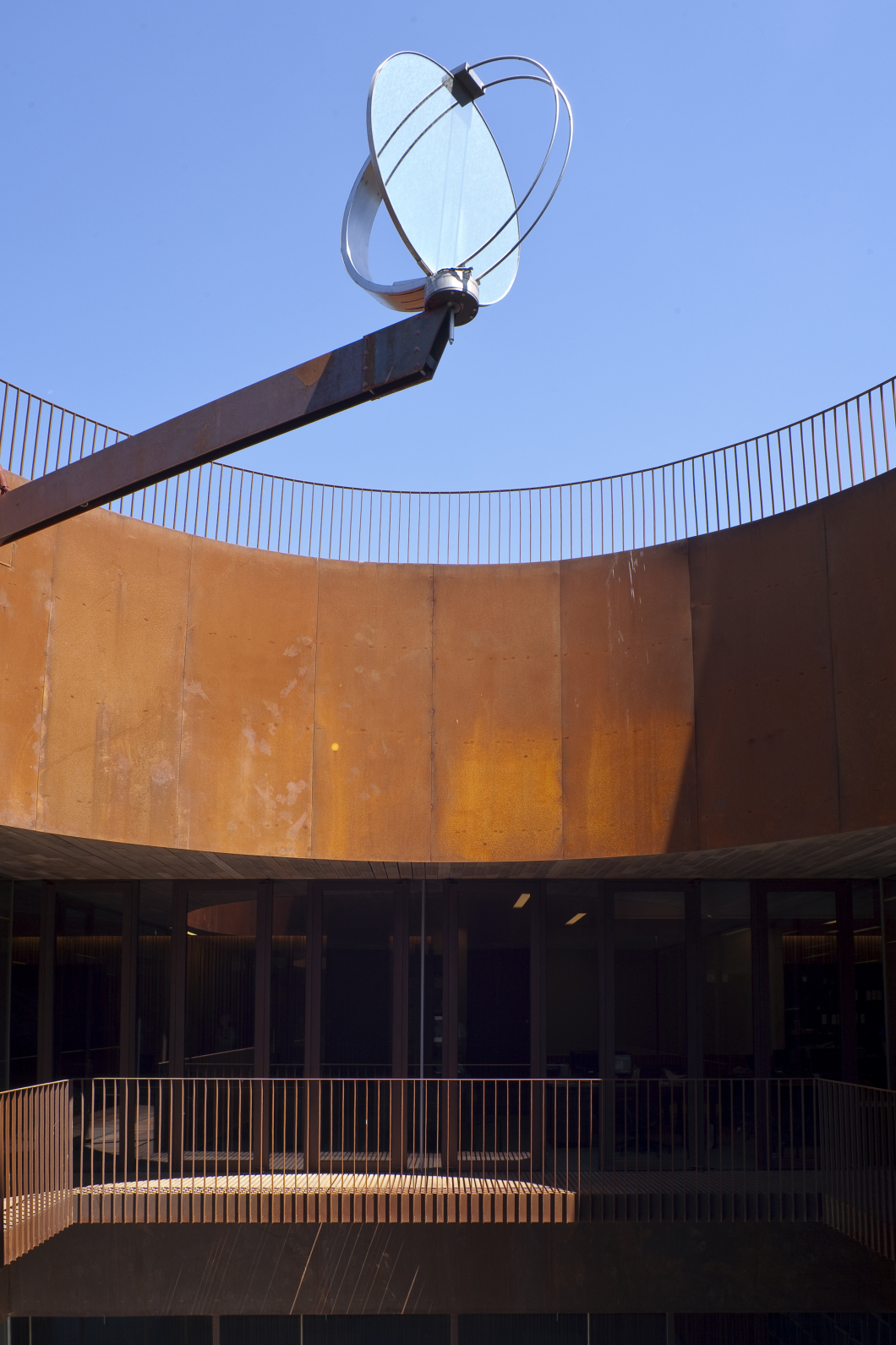
Rosa Barba - Sunclock - Copyright Armellin Filippo 2013
Alessia Antinori tells us that her personal experience as a collector dates back to over twenty years ago. The first work she purchased was of a Chinese artist during a work experience in China. He visited a client, one of the very few international restaurants in Beijing, which had a gallery inside the restaurant run by foreigners. It was in that gallery that she made her first purchase. From that moment on, her passion for contemporary art first embraced Chinese and South-East Asian artists, then American art, and finally, in the last eight years, thanks to a gallery in Rome, Alessia Antinori began to know and appreciate contemporary African art, a passion which continues today, together with Afro-American and diaspora art. Her latest purchase is a work by Jerrell Gibbs, an American artist from Baltimore (he works with the Chicago gallery Marian Ibrahim, which has recently opened in Paris as well, and his paintings portray family and friends through family memories and black identity). Her favorite artistic language is painting, but her personal collection also includes photography and sculpture, but not yet video installations.
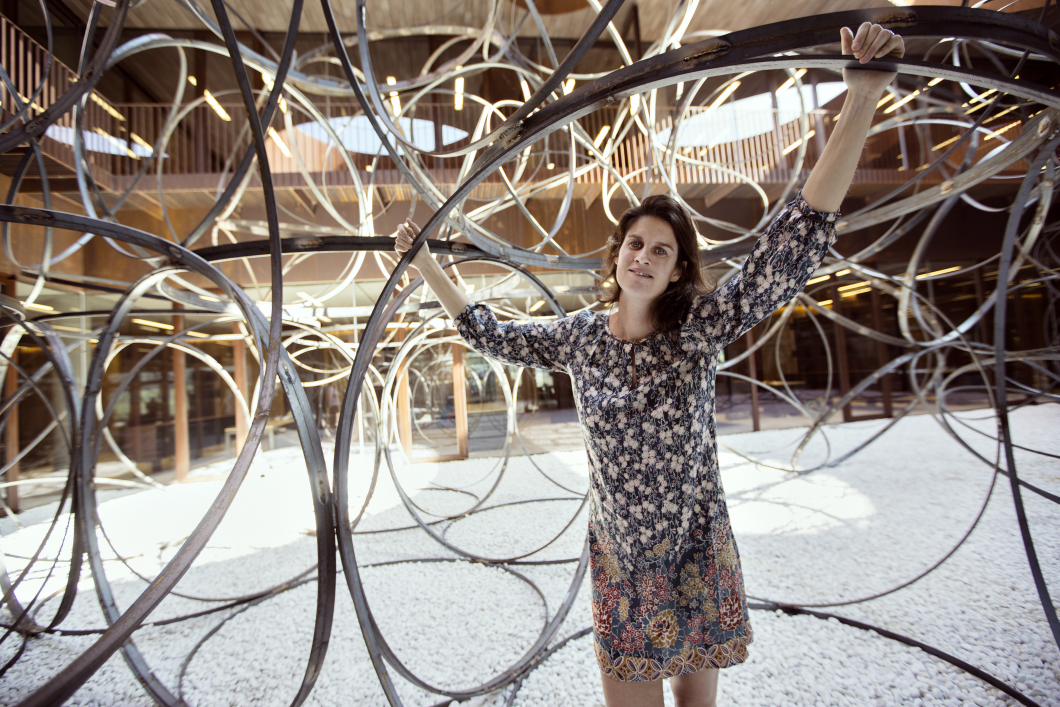
Alessia Antinori
The first curator of the Antinori Art Project was Chiara Parisi. Named in 2012 the same year as the opening of the new headquarters of the historic Florentine winery, Cantina del Chianti Classico Marchesi Antinori.
She followed the site-specific installations of Yona Friedman, Rosa Barba and Jean-Baptiste Decavèle.

Rosa Barba - Sunclock - Copyright Armellin Filippo 2013
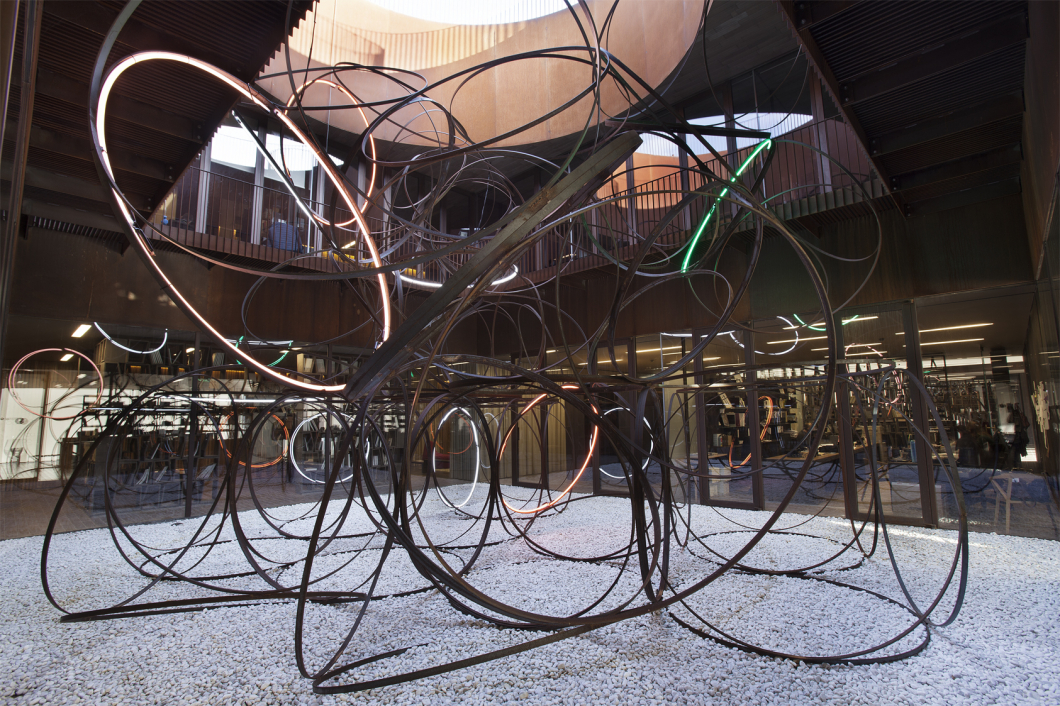
Yona Friedman, Iconostasi, 2012
In 2014, with the arrival of Ilaria Bonacossa to the artistic direction of the project, saw the participation of Tomàs Saraceno who created the work Biosphere 06, cluster of 3, installed in the vertical space of the internal staircase of the winery, in 2015 the exhibition Still Life Remix, dedicated to the theme of still life, the installation of the work Clessidra by the artist Giorgio Andreotta Calò, in 2016 the acquisition of the site-specific work "Giant Fruit" by Nicolas Party and the commission of the work "Portal del Angel" by sculptor Jorge Peris, a precarious triumphal arch made through the reappropriation of local materials, such as the ancient terracotta jars historically used to store oil.

Tomas Saraceno, Biosphere 06, Cluster of 3, 2009
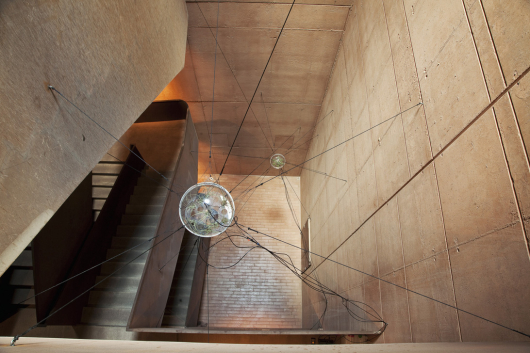
Tomas Saraceno, Bioshpere 06, Cluster of 3, 2009

Tomas Saraceno, Bioshpere 06, Cluster of 3, 2009

Giorgio Andreotta Calò Clessidra AB, 2013-2014

Giorgio Andreotta Calò Clessidra AB, 2013-2014

Giorgio Andreotta Calò Clessidra AB, 2013-2014

Nicholas Party, Giant Fruit, 2015
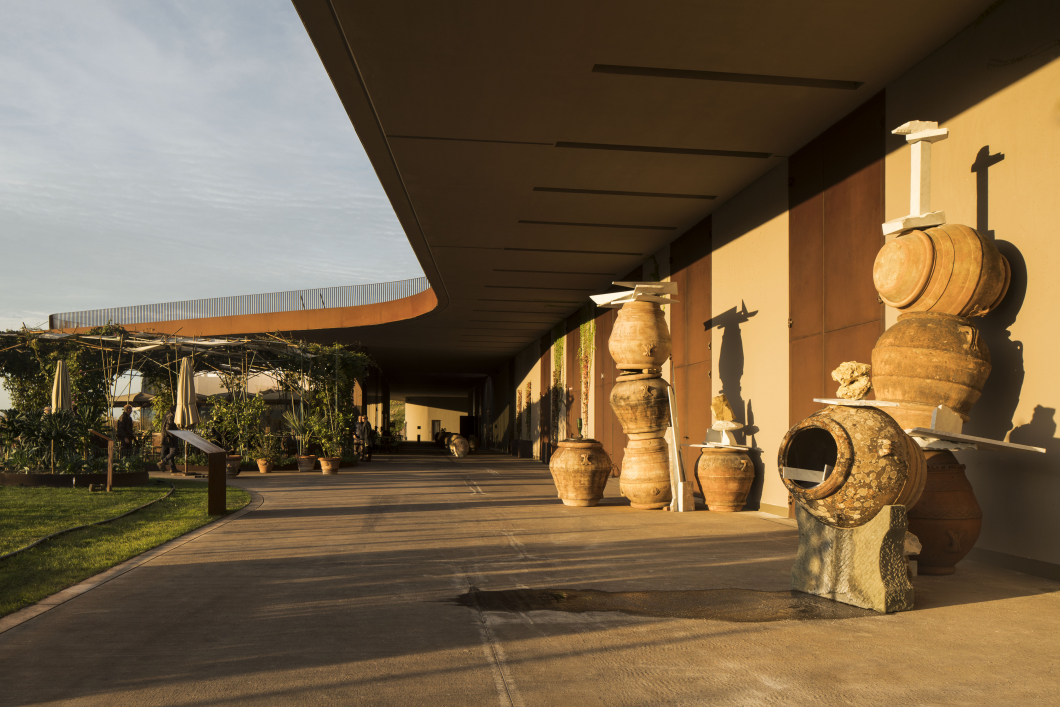
Jorge Peris, Portal del Angel, 2016

Jorge Peris, Portal del Angel, 2016

Jorge Peris, Portal del Angel, 2016
The most recent work and the first American artist to join the Antinori Art Project is a monumental vegetal frottage by Californian Sam Falls, an artist who Alessia Antinori greatly appreciates.
The work, a very long canvas of easy and immediate visual impact, conceals an incredible work. The artist created this work in the vineyard of Tignanello, one of the most important vineyards in Chianti Classico, not in the sunlight as one might imagine, but in the solitude of the night.
The canvas was stretched during the night among the vineyards trying to capture the trace of leaves, animals and pigments.

Sam Falls, Untitled (Antinori), 2019 Cantina Antinori nel Chianti Classico Courtesy Marchesi Antinori, ph Pietro Savorelli
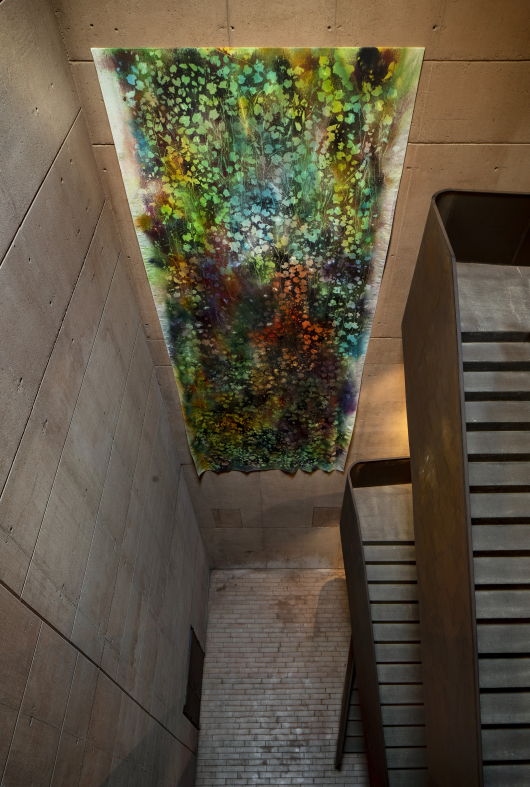
Sam Falls, Untitled (Antinori), 2019 Cantina Antinori nel Chianti Classico Courtesy Marchesi Antinori, ph Pietro Savorelli
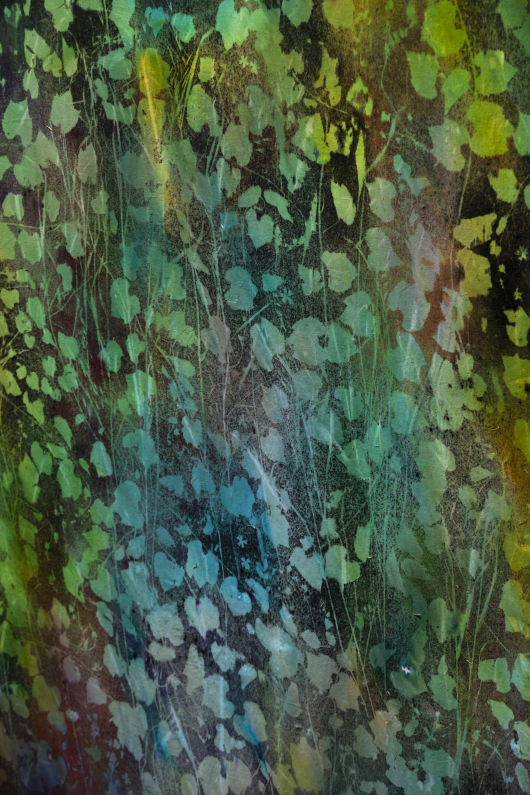
Sam Falls, Untitled (Antinori), 2019 Cantina Antinori nel Chianti Classico Courtesy Marchesi Antinori, ph Pietro Savorelli
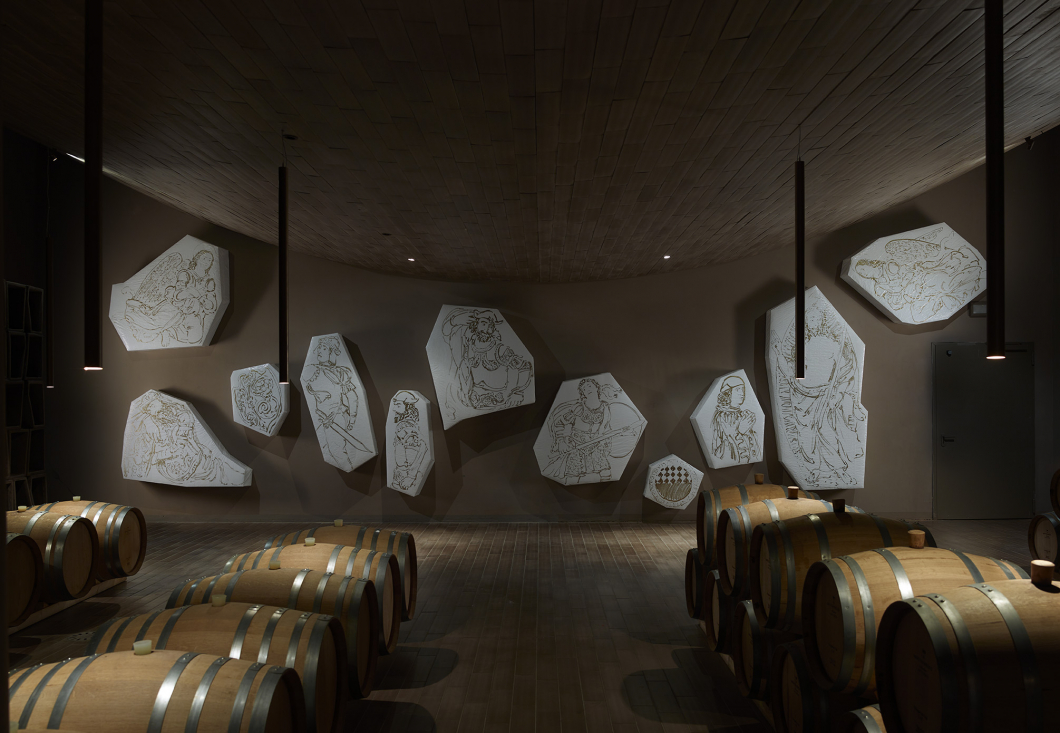
Stefano Arienti, Altorilievo, 2017
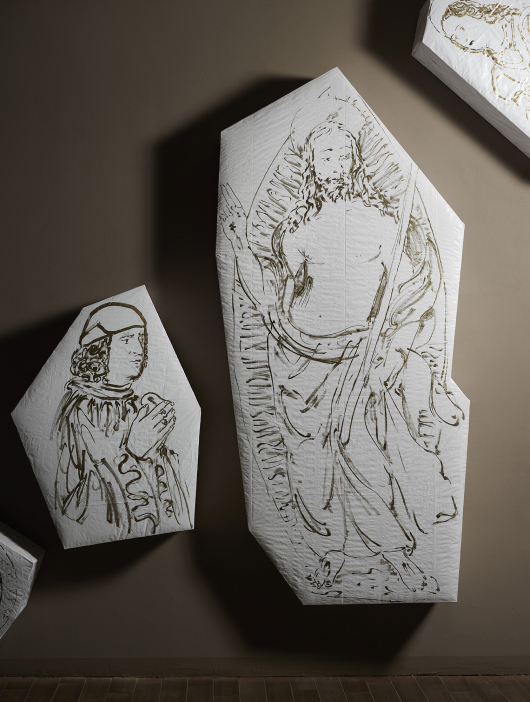
Stefano Arienti, Altorilievo, 2017

Stefano Arienti, Altorilievo, 2017
The artworks are located in a structure designed by the Florentine architect Marco Casamonti, an almost invisible construction dug into the hill that runs along the Florence-Siena highway, in the middle of the most classic Tuscan landscape. In the belly of the hill an extraordinary work of architecture has come to life, a sort of secret cave where wine and contemporary art are the protagonists.
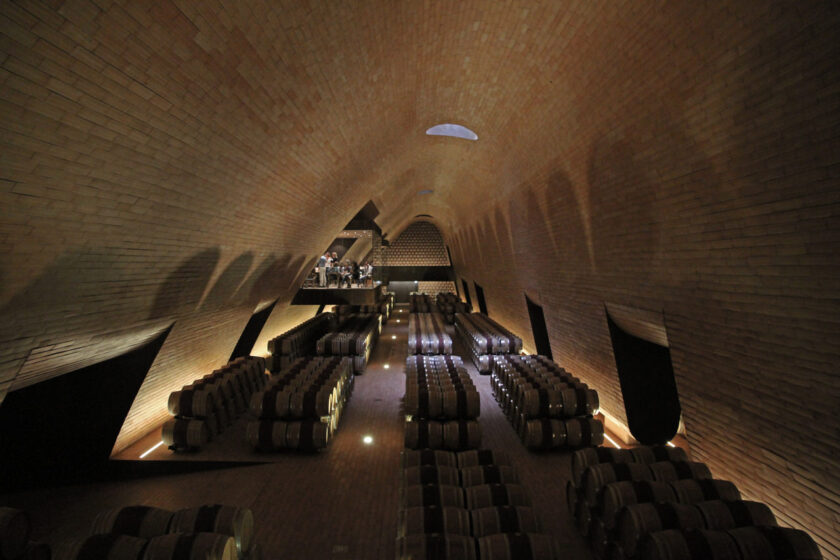
Cantina del Chianti Classico Marchesi Antinori